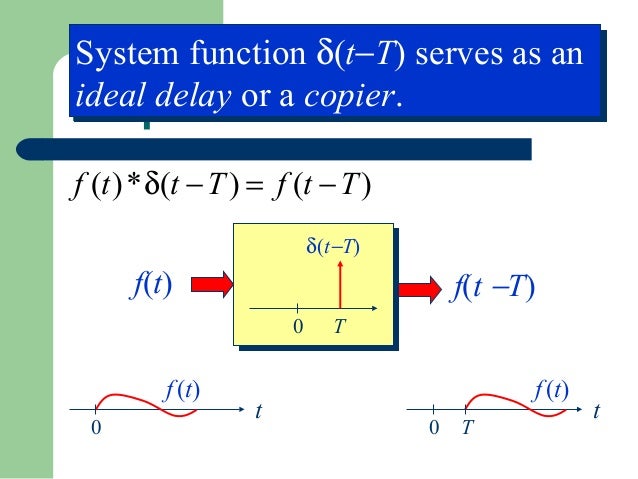

One is with size 128 and the other is with a size 1024.
Inverse fourier transform windows#
But these windows can be of any size and what is the effect of this size? So here, we see example of the same sound and choosing the same window but with different sizes. So we talked about different types of windows in the last class. If we use the Blackman window we can use this second one, okay? So now, let's try to understand a few more things about the Short-Time Fourier Transform or the windowing process. If we use a rectangular window, we can see this first magnitude spectrum. So for example, in these plots, if we start from a violin sound that we can listen to, then the magnitude spectrum of one fragment of one of the frames is quite different depending on the window we use. We now know that the Short-Time Fourier Transform is the time varying version of the DFT, and that windowing is a key concept to understand the STFT. So we saw this equation in the first part of the lecture. And finally, we can put it altogether into an analysis synthesis system that can be used to analyze and synthesize any sum. And then, once we have covered all that, we can do the inverse of this analysis process, so we'll do the inverse of the Short-Time Fourier Transform. We will first review the concept of STFT and analysis window, then talk about the window size, then the FFT size, then the hop size, then what we call the time frequency compromise. We will cover quite a few topics, but each one is quite short. In the first part of this lecture, we started talking about the Short-Time Fourier Transform. Welcome again to the course on how using processing for music applications.


 0 kommentar(er)
0 kommentar(er)
